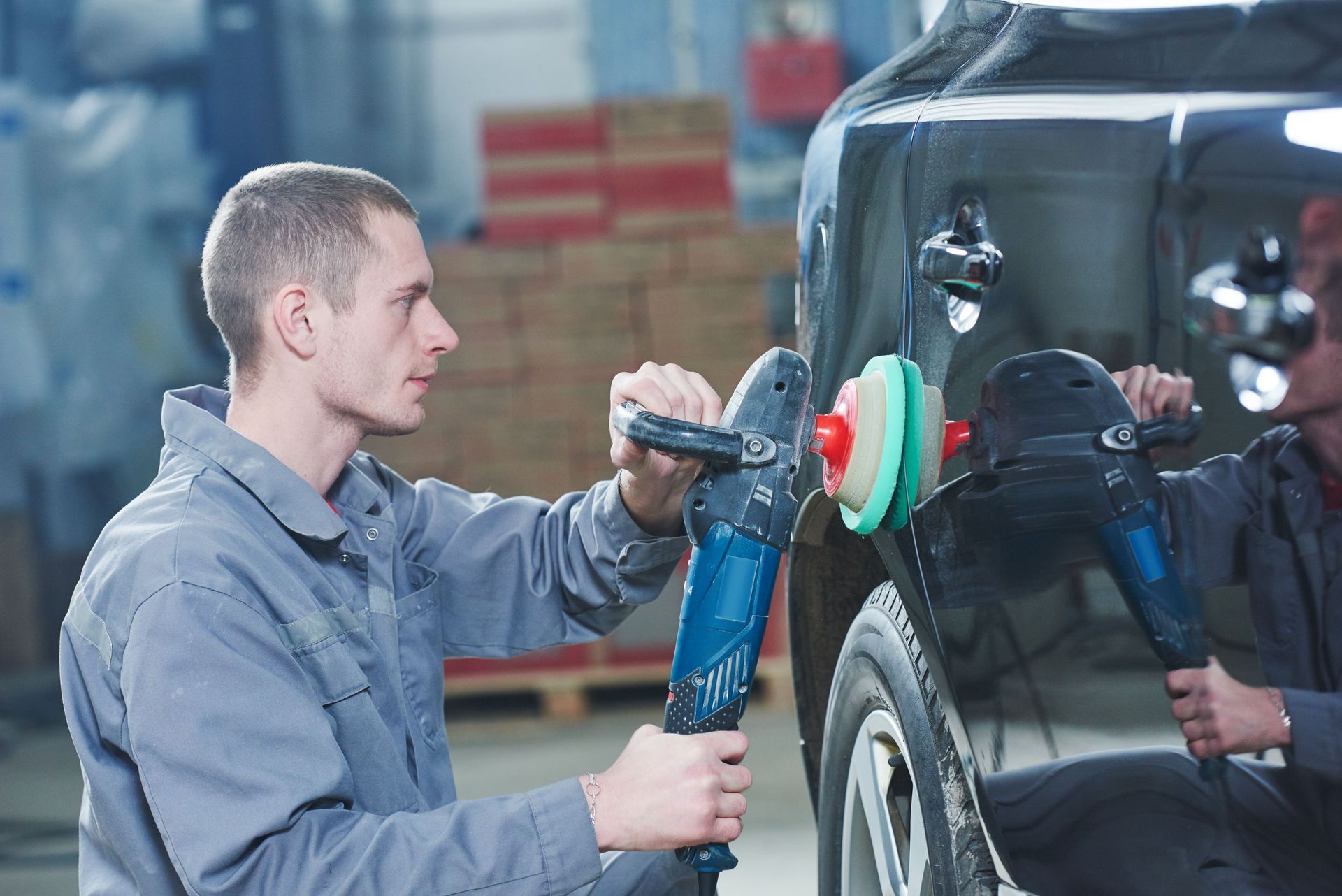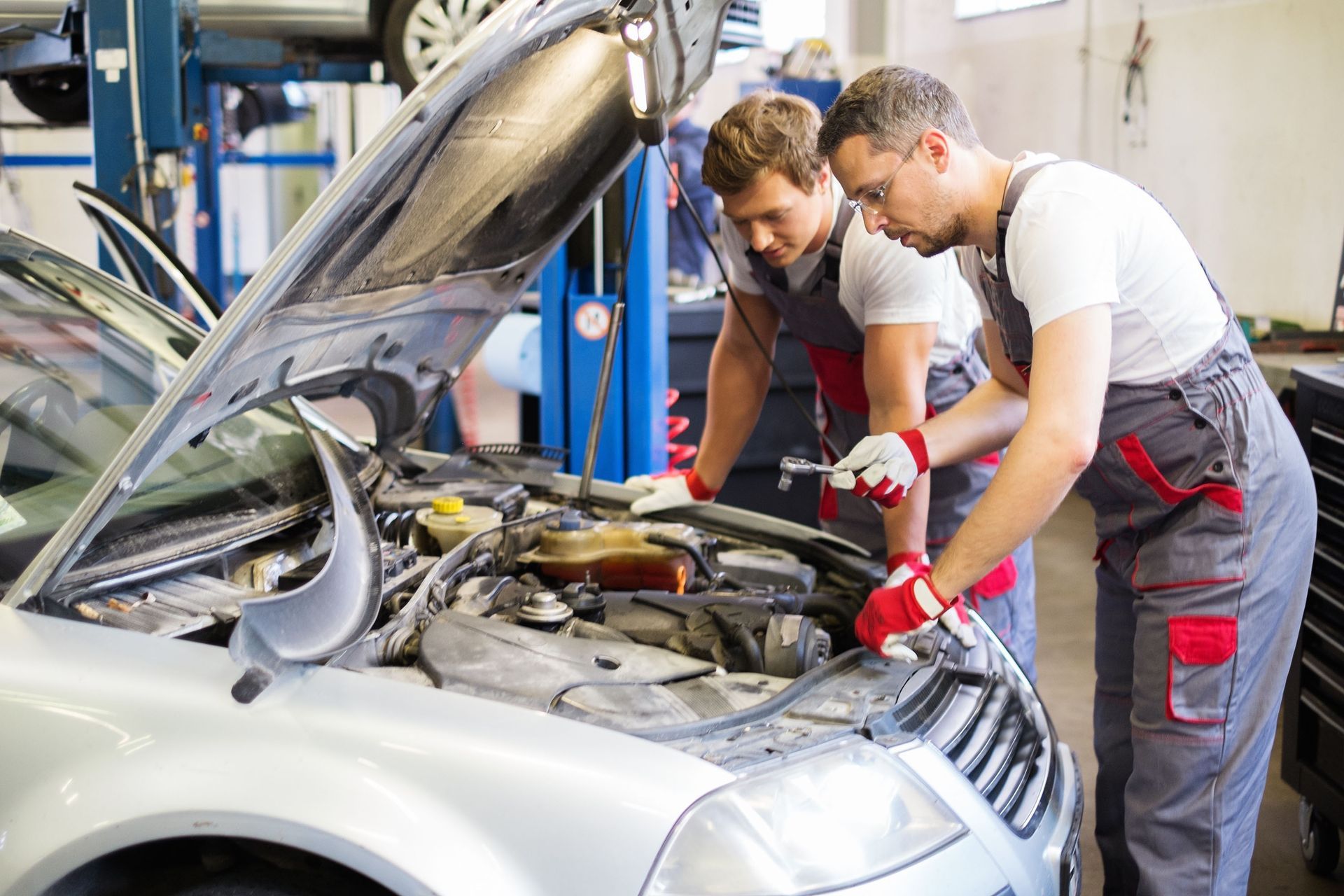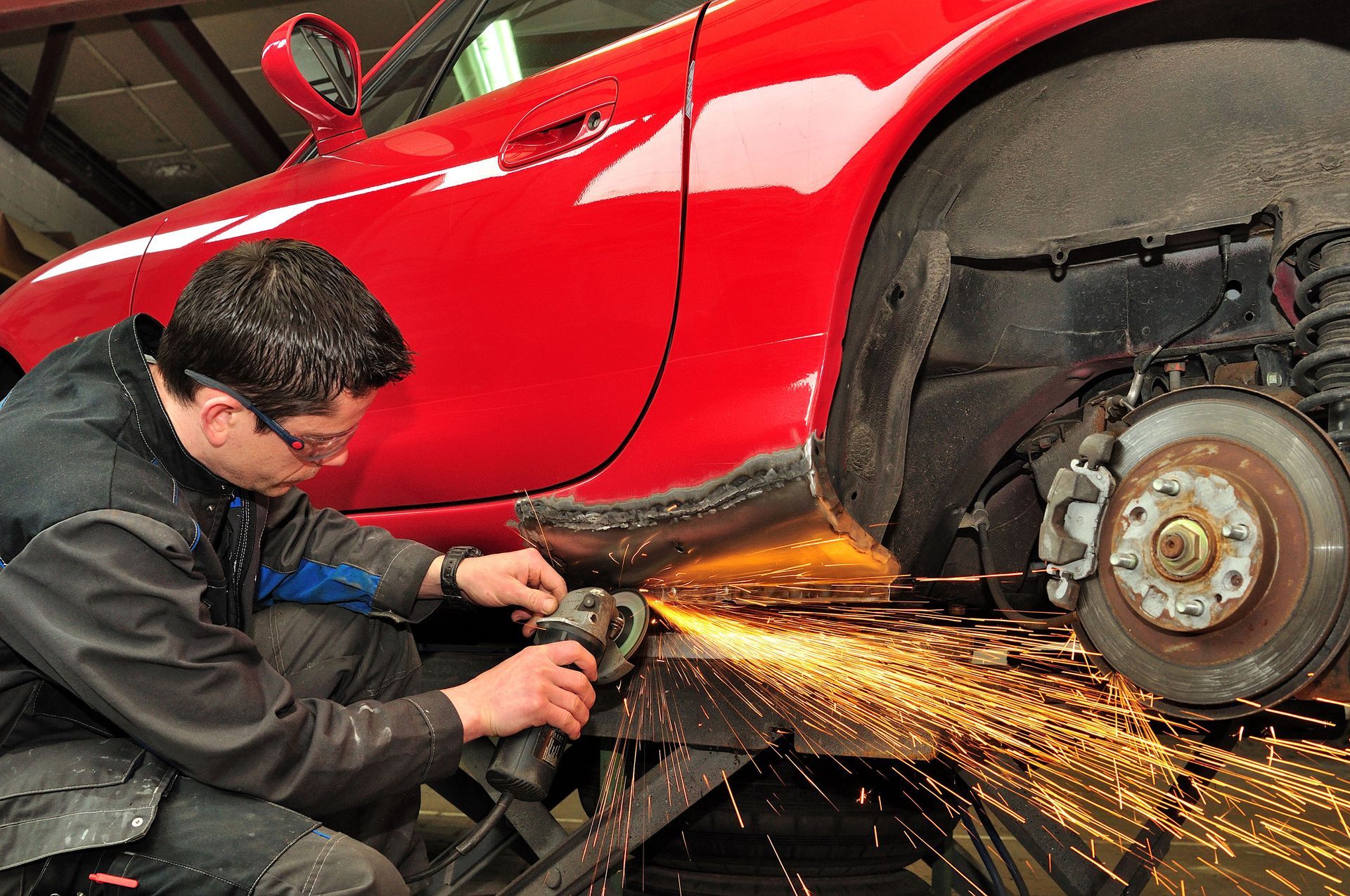4 Reasons Why Prompt Collision Repair Prevents Further Vehicle Damage
Collision repair is an essential service for vehicle owners, dealing with issues arising from accidents or impacts. Timely repairs are critical, not only for the restoration of the vehicle's appearance but also for maintaining its safety standards and operational efficiency. This article explores several reasons why prompt collision repair can prevent further damage, emphasizing the importance of safeguarding structural integrity, preventing rust and corrosion, ensuring mechanical and electrical system functionality, maintaining vehicle value, protecting tires and wheels, and understanding the legal and insurance ramifications of delayed repairs.
1. Preserving Structural Integrity
Importance of a Sound Frame
The frame of a vehicle serves as its backbone, providing structural support and housing essential components. A sound frame ensures that safety features such as airbags and crumple zones function properly during a collision. When the frame sustains damage, its ability to absorb impacts is compromised, heightening the risk of injury in future accidents. Prompt collision repair prioritizes the assessment and restoration of frame integrity, which is crucial for maintaining the vehicle’s structural soundness and safety features. Regular vehicle maintenance every 5,000 miles, according to Bankrate, can help identify structural wear early, preventing potential weaknesses from becoming hazardous.
Impact of Delays on Chassis Realignment
Delaying collision repair can lead to significant issues in chassis alignment and overall vehicle stability. Misaligned chassis components can cause uneven tire wear, reduced fuel efficiency, and increased stress on the suspension system. When repairs are postponed, minor misalignments risk becoming more pronounced, complicating repair processes and increasing costs. Early intervention by professional repair services helps ensure that the chassis is realigned accurately, preserving vehicle stability and handling. Thus, timely repairs can prevent the progressive deterioration of vehicle safety and performance.
Risks of Compromised Vehicle Safety
Ignoring structural damage from a collision can compromise vehicle safety, putting passengers at heightened risk. A compromised structure might not respond effectively to subsequent accidents, leading to increased chances of injury. The continuity of vehicle safety systems heavily relies on a sound structural framework, making regular assessments and immediate repairs critical. Timely collision repair restores these safety standards, ensuring that the vehicle is capable of protecting its occupants effectively. Addressing structural issues promptly also helps in preserving the vehicle’s safety ratings and compliance with regulatory standards.
2. Preventing Rust and Corrosion
The Vulnerability of Exposed Metal
Exposed metal is highly susceptible to rust and corrosion, especially when left untreated after a collision. Collision impacts often chip away protective paint and coatings, leaving metal surfaces vulnerable to environmental elements. Moisture, road salts, and debris accelerate the rusting process, gradually eating away at the metal. Prompt repairs involve sealing and repainting damaged areas to protect them from rust-inducing agents. Applying protective coatings is a proactive method to ensure that exposed parts do not become breeding grounds for corrosion.
How Moisture Accelerates Corrosion
Moisture is a primary catalyst for corrosion, quickly reacting with exposed metal to form rust. This process can be accelerated by environmental factors like humidity and precipitation, which penetrate unprotected surfaces. If rust is not addressed immediately, it can spread rapidly under the paint, weakening the vehicle’s structural components. Implementing timely collision repair stops this process by applying rust inhibitors and resealing vulnerable areas. Such protective measures are essential for maintaining both the aesthetic and functional aspects of the vehicle.
Repairing Leaks and Seals
Collisions can often lead to damaged seals and leaks, allowing moisture to penetrate parts of the vehicle meant to remain dry. Water infiltration can lead to electrical malfunctions, mold growth, and interior damage, compounding repair costs over time. Addressing leaks quickly through professional repairs prevents these secondary issues from developing. Ensuring tight seals and leak-free components enhances vehicle longevity and reliability, protecting it from costly internal deterioration. Regular maintenance and inspections can help detect and address these vulnerabilities early.
3. Restoring Mechanical and Electrical Systems
Alignment and Suspension Issues
A collision can severely impact a vehicle's alignment and suspension systems, leading to steering problems and uneven tire wear. Misalignment can cause the vehicle to drift while driving, posing safety risks and making the driving experience uncomfortable. Prompt repair services realign the vehicle’s suspension, safeguarding against long-term damage to critical components like shocks and struts. This restoration ensures the vehicle handles properly and maintains its designed efficiency and safety standards. Regular maintenance checks help identify alignment issues early, preventing them from escalating.
Effects of Collision on Vehicle Electronics
Modern vehicles are equipped with sophisticated electronic systems that can be disrupted by collisions. From anti-lock braking systems to airbag deployment sensors, these electronic components require precise calibration. Collisions can dislodge sensors or disrupt electrical connections, leading to erratic performance or system failures. Immediate repair equips technicians to recalibrate these systems, ensuring that all electronics are operational and reliable. Ignoring these issues can risk safety features not functioning correctly when needed, diminishing passenger protection.
Detection and Repair of Mechanical Failures
Mechanical failures resulting from collisions can range from minor issues to significant concerns affecting vehicle operation. Engine mounts, axles, and transmission components may sustain damage, leading to reduced performance or failure. Prompt assessment helps identify these problems early, allowing for efficient repair or replacement procedures. Addressing mechanical failures immediately prevents further damage to interconnected systems, avoiding costly repairs in the future. Comprehensive diagnostics following a collision ensure vehicles remain operational and reliable.
4. Maintaining Vehicle Value
Impact of Collision Damage on Resale Value
Collision damage, when unaddressed, can significantly diminish a vehicle’s resale value. Prospective buyers often seek vehicles with clean histories, and visible damage or substandard repairs can deter purchasers. Prompt, professional repair work maintains a vehicle’s aesthetics and structural integrity, enhancing its market appeal. Ensuring that repairs are documented and conducted with quality parts reinforces confidence in the vehicle’s condition. Thus, timely repairs can safeguard the owner’s financial investment and maintain the vehicle’s market competitiveness.
Role of Comprehensive Insurance Claims
Insurance plays a pivotal role in the collision repair process, covering damages and reinstating the vehicle to its pre-accident condition. Promptly filing claims and ensuring repairs are conducted by certified professionals guarantee that insurance policies are utilized effectively. Delayed repairs might result in complications with claim approvals or increased out-of-pocket expenses. Proactive engagement with insurance providers helps streamline the repair process, supporting the owner in restoring their vehicle efficiently. Adhering to insurance protocols protects against unforeseen liabilities and ensures coverage remains active.
Certified Repairs and Vehicle Records
Certified repairs involve using Original Equipment Manufacturer (OEM) parts and adhering to industry standards, preserving vehicle integrity. Documenting these repairs is crucial for maintaining accurate vehicle records, which are important for future resale or transfer of ownership. Comprehensive repair records reassure potential buyers or assessors about a vehicle’s condition. Engaging with certified repair shops enhances the credibility and quality of repairs, supporting the vehicle’s longevity and performance. Thorough documentation and certified repairs collectively bolster the vehicle’s resale value and reliability.
Timely collision repairs are crucial in preventing further damage to vehicles, ensuring that they remain safe, efficient, and valuable. Addressing structural, mechanical, and aesthetic issues promptly helps maintain a vehicle’s operational integrity and market competitiveness. Additionally, understanding and adhering to insurance and legal standards safeguard against unforeseen liabilities, promoting responsible vehicle management and ownership. If your vehicle needs quality collision repair, make sure to contact Mullins Body Shop today!





Share On: